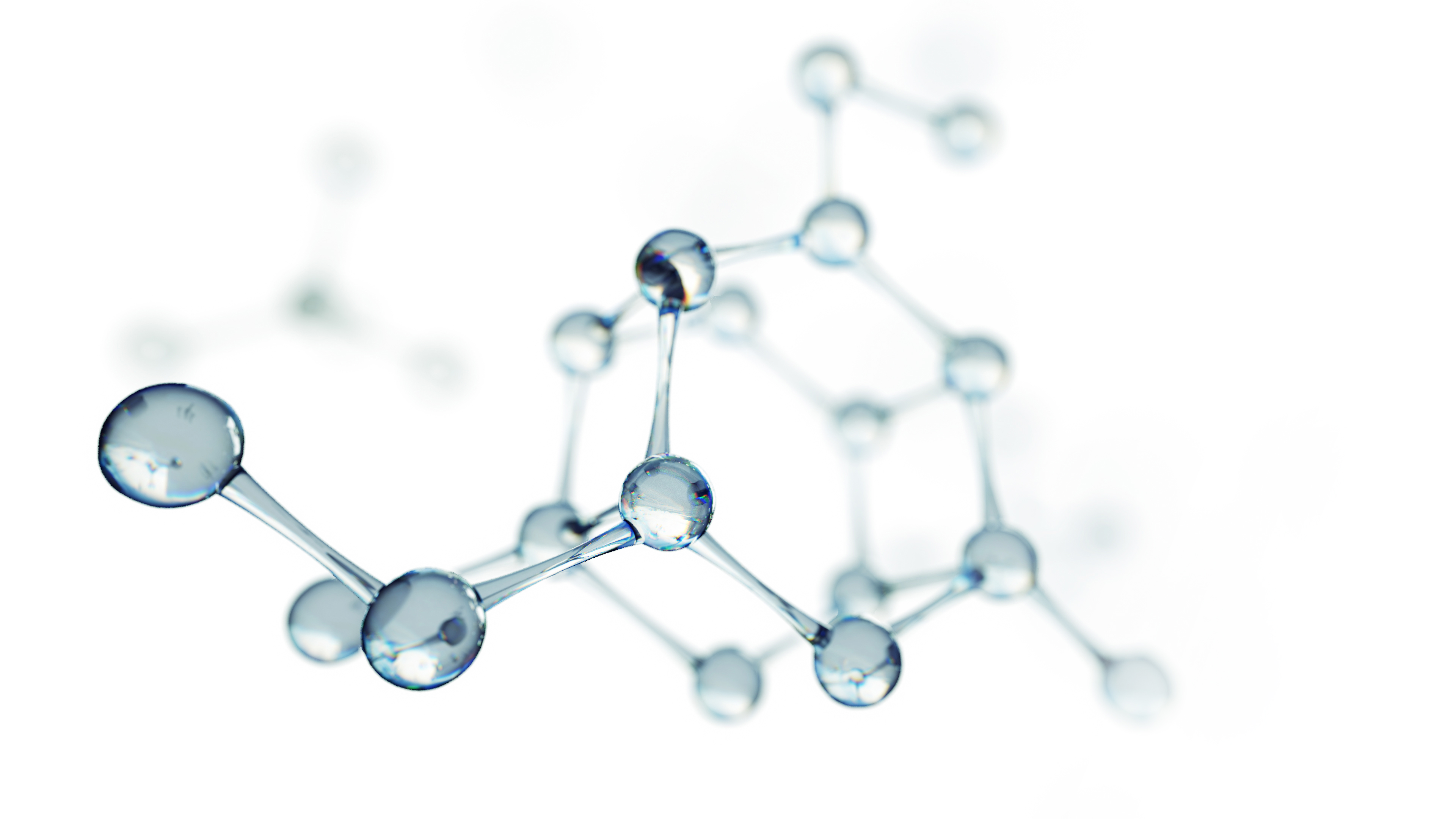Long before there was magnetic resonance imaging (MRI), magnetic resonance was being studied within different chemicals. 1 This form of science was called nuclear magnetic resonance (NMR) and was initially demonstrated in 1945. NMR is founded upon the phenomena that the nucleus of atoms in a magnetic field resonate when a secondary oscillating magnetic field is applied. Spectroscopy, later transferred to MRI, is the study of physical, chemical, and biological properties of matter. Spectroscopy studies the chemical shift, which is a variation in molecular electron distribution, throughout different chemicals.
The next step towards MRI would come over ten years later, in 1969, when Dr. Raymond Damadian hypothesized that cancerous cells could be differentiated from non-cancerous ones using magnetic resonance. 2,3 He theorized that cancerous cells hold more water and would show up in MR due to the increased number of hydrogen atoms in relation to the extra water. Damadian performed an experiment with both cancerous and normal rats. His study, conducted at the NMR Specialties company and published in 1971, would prove his theory.
In 1971, another scientist by the name of Paul Lauterbur observed a similar experiment conducted by a post-doctoral researcher. 4,5 Lauterbur observed a difference between cancerous and non-cancerous tissues. However, he regretted that the experiment had to be conducted on dead tissue. He pondered this issue for a while before coming up with an idea that would change the medical imaging world: a way for living tissue to be imaged. 6,7 This would enable scientists to locate the precise origins of NMR signals and image in two or three dimensions. His theory was also published in 1971. Lauterbur imaged two water-filled test tube using magnetic resonance, producing the first MR image.
Within the next year, a third researcher, Sir Peter Mansfield, was studying chemical shift anisotropy. 8 Mansfield realized that adding a magnetic field gradient could allow scientists to look at the atomic structure of a chemical. 9 This, like Lauterbur's method, would allow scientists to create a three-dimensional image. In fact, a colleague later asked if Mansfield was aware of Lauterbur's ideas, which were published in a scientific journal.
All three scientists also developed techniques for creating these images. Damadian's method involved the creation of a human scanner. Lauterbur's method was projection reconstruction method and is partly used for motion reconstruction in today's MRI scans. Mansfield's method was called line scanning and involved scanning pieces of the structure, which combine to make the image. Mansfield was able to image a student's finger in 15-23 minutes in 1974. 10
The race to create the first whole-body MRI scanner began shortly thereafter, with both Damadian and Mansfield participating. Three years later, Damadian created the first whole-body human scanner in May of 1977. 2,3 This system was named "Indomitable". These images were significantly more detailed than those produced by X-ray and CAT scanners. 1 By the end of 1978, Damadian had founded his MRI scanner manufacturing company, Fonar. Six years later the device was approved for use by the FDA.
Sir Peter Mansfield with the help of two others in 1978. 8,9 They had developed radio frequency and gradient coils and had been working to create a large scale image. Mansfield climbed into his machine and had his assistant perform a test pulse and then started the scan. The scan caused significant heat due to the metal's vibration, but Mansfield stayed in the scanner for 50 minutes while the scan was taken. The film had to be taken to a store for processing. After this, Mansfield went on to develop the echo-planar imaging technique, which is still used and significantly reduces scan time. 10
After the shift toward medical MR, nuclear magnetic resonance quickly lost its first word to increase comfort among patients. Scanners are continuously being improved upon to increase image quality, speed, and comfort as well. Coil have become vital parts of a scan and have become more durable and patient-friendly. Since Damadian, Lauterbur, and Mansfield came up with their ideas for MRI, the imaging method has imaged much more than their original target, cancer, and has helped more patients than even they may have expected.
1. "NMR and MRI: Applications in Chemistry and Medicine." ACS.org . 26 April 2011. Web. 26 December 2018. < https://www.acs.org/content/acs/en/education/whatischemistry/landmarks/mri.html >.
2. "Behind the MRI: Dr. Raymond Damadian; History." MRIMovie.ca . Web. 26 December 2018. < http://mrimovie.ca/history.html >.
3. Julie Wakefield. "The 'Indomitable' MRI: Raymond Damadian's medical imaging machine set off a revolution but not without controversy." Smithsonian Magazine. June 2000. Web. 26 December 2018. < https://www.smithsonianmag.com/science-nature/the-indomitable-mri-29126670/ >.
4. Paul C. Lauterbur "Paul C. Lauterbur – Biographical." NoblePrize.org . Nobel Media AB 2018. Web. 26 December 2018. < https://www.nobelprize.org/prizes/medicine/2003/lauterbur/biographical/ >
5. "Paul Lauterbur: Chemist Paul Lauterbur pioneered the use of nuclear magnetic resonance (NMR) for medical imaging." NationalMagLab.org . 2012-2018. Web. 27 December 2018. < https://nationalmaglab.org/education/magnet-academy/history-of-electricity-magnetism/pioneers/paul-lauterbur >.
6. Terry Sheridan. "Paul Lauterbur, 'Father of the MRI,' Receives Posthumous Engineering Award." WSHU.org . 5 September 2018. Web. 27 December 2018. < http://www.wshu.org/post/paul-lauterbur-father-mri-receives-posthumous-engineering-award >.
7. Thomas H. Maugh II. "Paul Lauterbur, 77; 'the father of MRI.'" LATimes.com . 28 March 2007. Web. 27 December 2018. < https://www.latimes.com/science/la-me-lauterbur28mar28-story.html >.
8. Sir Peter Mansfield. "Sir Peter Mansfield–Biographical." NobelPrize.org . Nobel Media AB 2018. Web. 27 December 2018. < https://www.nobelprize.org/prizes/medicine/2003/mansfield/biographical/ >.
9. Kenneth Chang. "Peter Mansfield, M.R.I. Pioneer and Nobel Laureate, Dies at 83." NYTimes.org . 11 February 2017. Web. 27 December 2018. < https://www.nytimes.com/2017/02/11/science/peter-mansfield-dead-nobel-prize-magnetic-resonance-imaging.html >.
10. Ellie McLaughlin. "Peter Mansfield: Resonance revolutionary." Heroes of Health . 1 August 2018. Web. 27 December 2018. < https://lms.mrc.ac.uk/peter-mansfield-resonance-revolutionary/ >.

